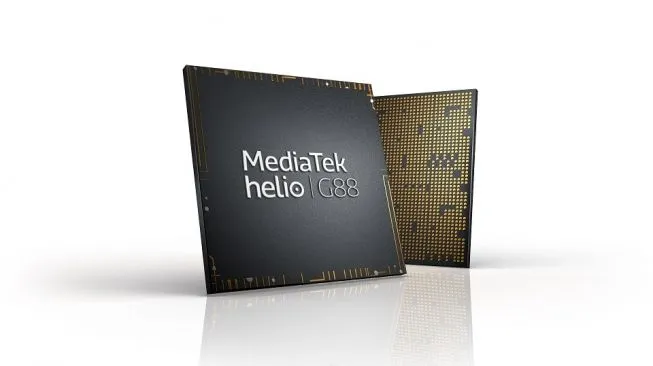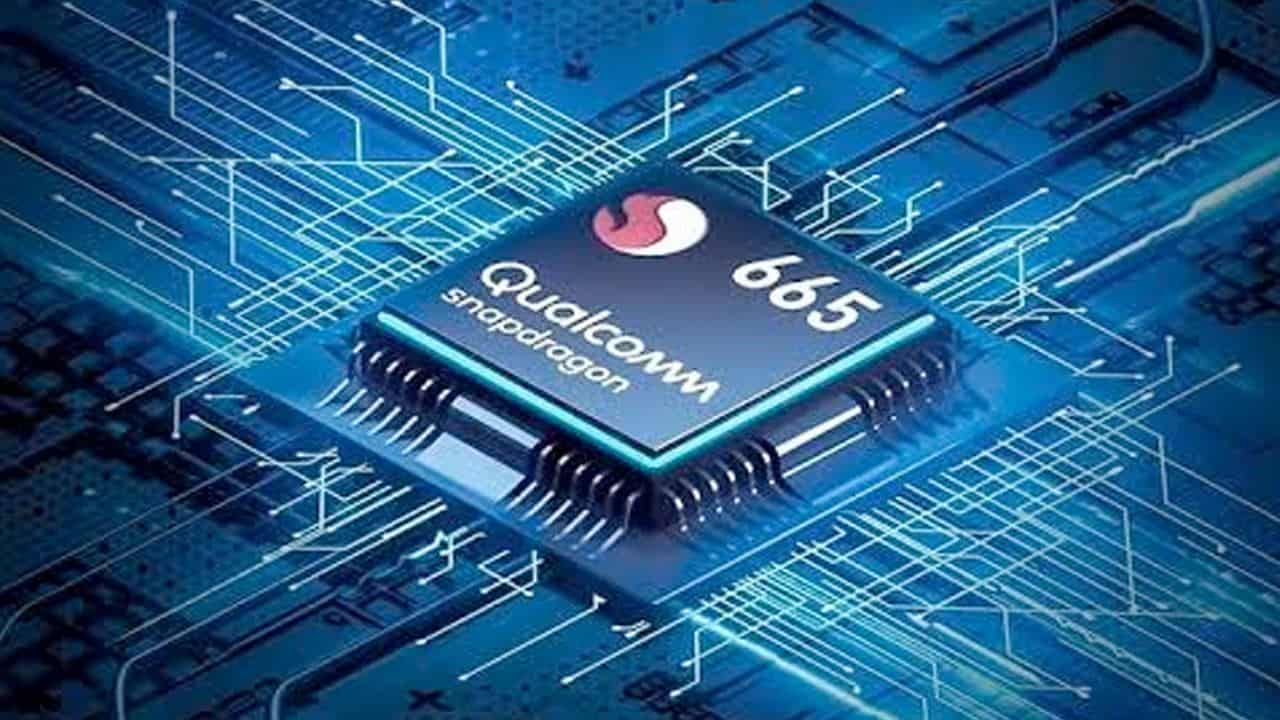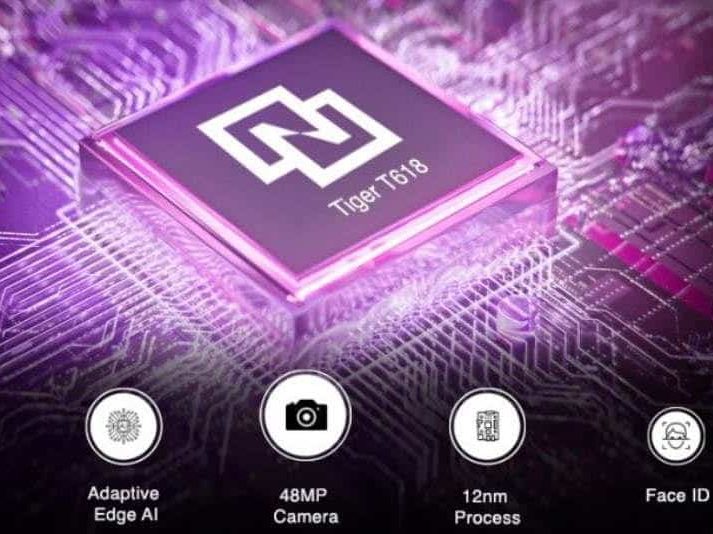5 Chipsets Similar to Snapdragon 680
In the last quarter of 2021, Qualcomm released four new chipsets for different market segments; Snapdragon 778G Plus, Snapdragon 695 5G, Snapdragon 680 4G, and Snapdragon 480 Plus.
Out of the four, only the Snapdragon 680 4G doesn’t support 5G. Based on its number series, this chipset belongs to the Snapdragon 600 family, which usually targets mid-range smartphones.
The Snapdragon 680 is built on a 6 nm process to have a power efficiency close to high-end chipsets. It uses an octa-core CPU made up of four 2.4 GHz Kryo 265 Gold cores (based on ARM Cortex-A73) and four 1.8 GHz Kryo 265 Silver cores (based on Cortex-A53) for better power saving.
For graphics, the Snapdragon 680 comes with an Adreno 610 GPU that runs at 845 MHz. Its image processing also got an upgrade thanks to the Spectra 346 ISP, which can handle data from three cameras at once.
Other features include the Hexagon 686 NPU, support for main cameras up to 64 MP, and displays up to Full HD+ with a 90 Hz refresh rate. However, it has a limitation in video recording. It only supports up to 1080p resolution, so phones with this chipset cannot record 4K videos.
In benchmark tests based on Nanoreview, the Snapdragon 680 scored 279,451 points on AnTuTu v9, and 373 (single-core) and 1508 (multi-core) on Geekbench 5.
If you’re wondering what other chipsets are on the same level as the Snapdragon 680 4G, here are some of them:
1. MediaTek Helio G85/G88

From MediaTek, the Helio G85 and Helio G88 are popular options for budget and mid-range phones. Both are built on the ARMv8.2-A architecture and feature eight cores; two high-performance ARM Cortex-A75 cores (2 GHz) and six power-efficient Cortex-A55 cores (1.8 GHz).
For graphics, both use the Mali-G52 MP2 GPU clocked at 1000 MHz. Like the Snapdragon 680, the Helio G88 supports a 64 MP main camera, while the Helio G85 supports up to 48 MP.
Another advantage of these two chipsets is their video recording capability, which goes up to 2K at 30 FPS (higher than the Snapdragon 680’s 1080p limit).
In benchmarks, the Helio G85 scores around 228,083 on AnTuTu v9, while the Helio G88 scores slightly higher at 232,442. These numbers are still in the same range as the Snapdragon 680 4G.
2. HiSilicon Kirin 960

You might not expect it, but the HiSilicon Kirin 960, a flagship chipset from 2016, now performs at a level close to the Snapdragon 680 4G.
The Kirin 960 powered several flagship phones like the Huawei P10, P10 Plus, and Mate 9. It uses the ARMv8-A instruction set and is built on a 16 nm process, which was considered quite advanced for its time.
Its performance is comparable to the Snapdragon 680 4G because both have a similar CPU setup with an 8-core structure divided into two clusters, four high-performance ARM Cortex-A73 cores at 2.36 GHz and four power-efficient Cortex-A53 cores at 1.84 GHz.
Even though newer chipsets have surpassed it, the Kirin 960 still shows strong performance. It can even record videos in 4K resolution at 30 FPS.
3. Snapdragon 665

The Snapdragon 665 may no longer be as popular today since many phones now use newer chipsets. However, it used to be one of the best SoCs in the entry-level and mid-range categories, found in phones like the Redmi Note 8, Realme 5, Xiaomi Mi A3, and OPPO A72.
This chipset is built on an 11 nm process and has a similar architecture to the Snapdragon 680 4G, using a combination of Cortex-A73 and Cortex-A53 cores in a 4+4 setup, though with slightly lower clock speeds.
The Snapdragon 665 features two Kryo 260 Gold cores (based on ARM Cortex-A73) running at 2 GHz and six Kryo 260 Silver cores (based on Cortex-A53) running at 1.8 GHz. For graphics, it uses the Adreno 610 GPU, which runs at 600 MHz.
4. Unisoc Tiger T618

This entry-level chipset may not be as well-known as MediaTek or Qualcomm, but its performance is on the same level as the Snapdragon 680 4G.
The Unisoc Tiger T618 has an advantage in its CPU design. It uses an eight-core setup with two high-performance Cortex-A75 cores running at 2 GHz and six power-efficient Cortex-A55 cores at 1.8 GHz.
In terms of similarity, both the Tiger T618 and Snapdragon 680 4G support a maximum video recording resolution of 1080p. For graphics, the Tiger T618 uses the ARM Mali-G52 MP2 GPU with a clock speed of 850 MHz.
5. Exynos 9611

Next is Samsung’s own chipset, the Exynos 9611, built on a 10 nm process. This chipset powers several Samsung mid-range phones such as the Galaxy M31, Galaxy XCover Pro, and Galaxy A51.
Released in late 2019, the Exynos 9611 has a CPU configuration that’s very similar to the Snapdragon 680 4G. It features four Cortex-A73 cores running at 2.3 GHz and four Cortex-A53 cores at 1.7 GHz. For graphics, it uses the Mali-G72 MP3 GPU with a frequency of 850 MHz.
The Exynos 9611 supports display resolutions up to 2560 x 1600 pixels and camera sensors up to 64 MP. Another plus point is that it can record 4K videos, making it a good choice for users who like creating content.
These are some chipsets that have similar performance and features to the Snapdragon 680 4G. After reading this article, you can make a fair comparison between different smartphones before choosing the right one.
